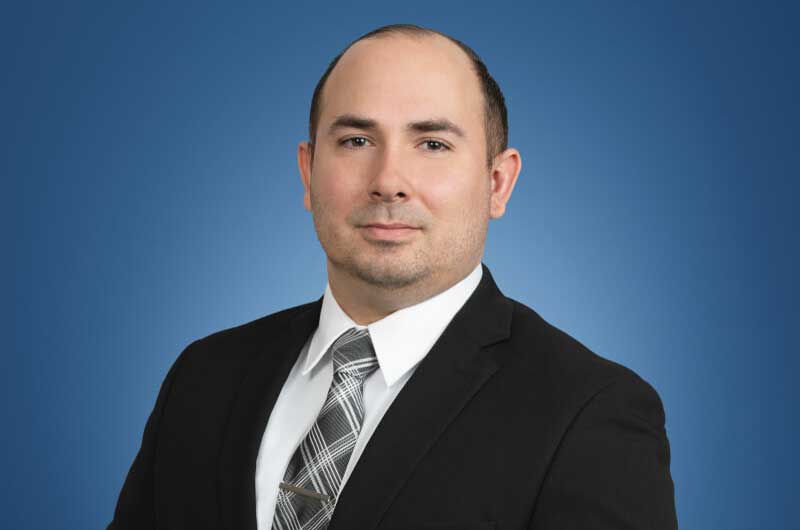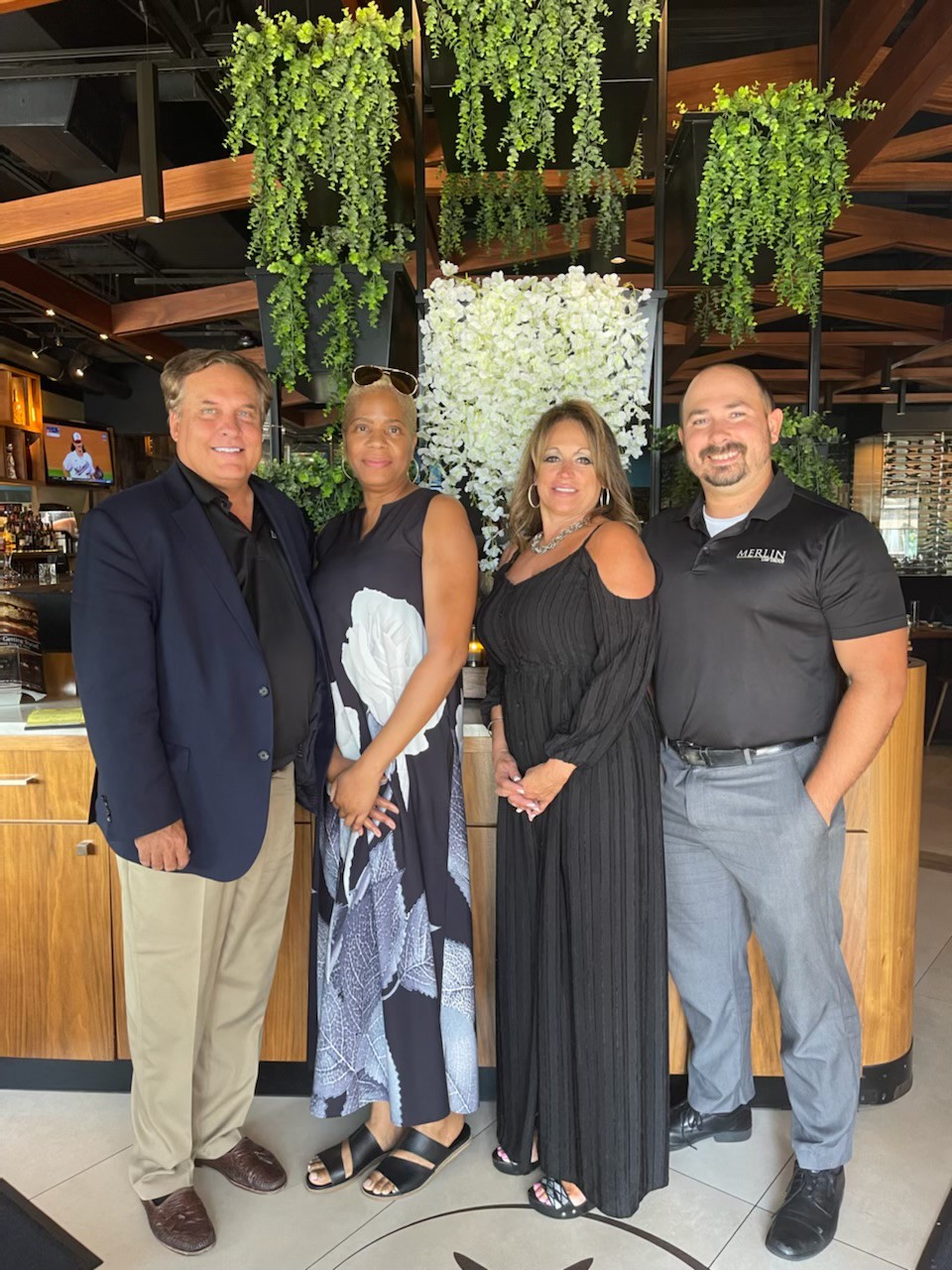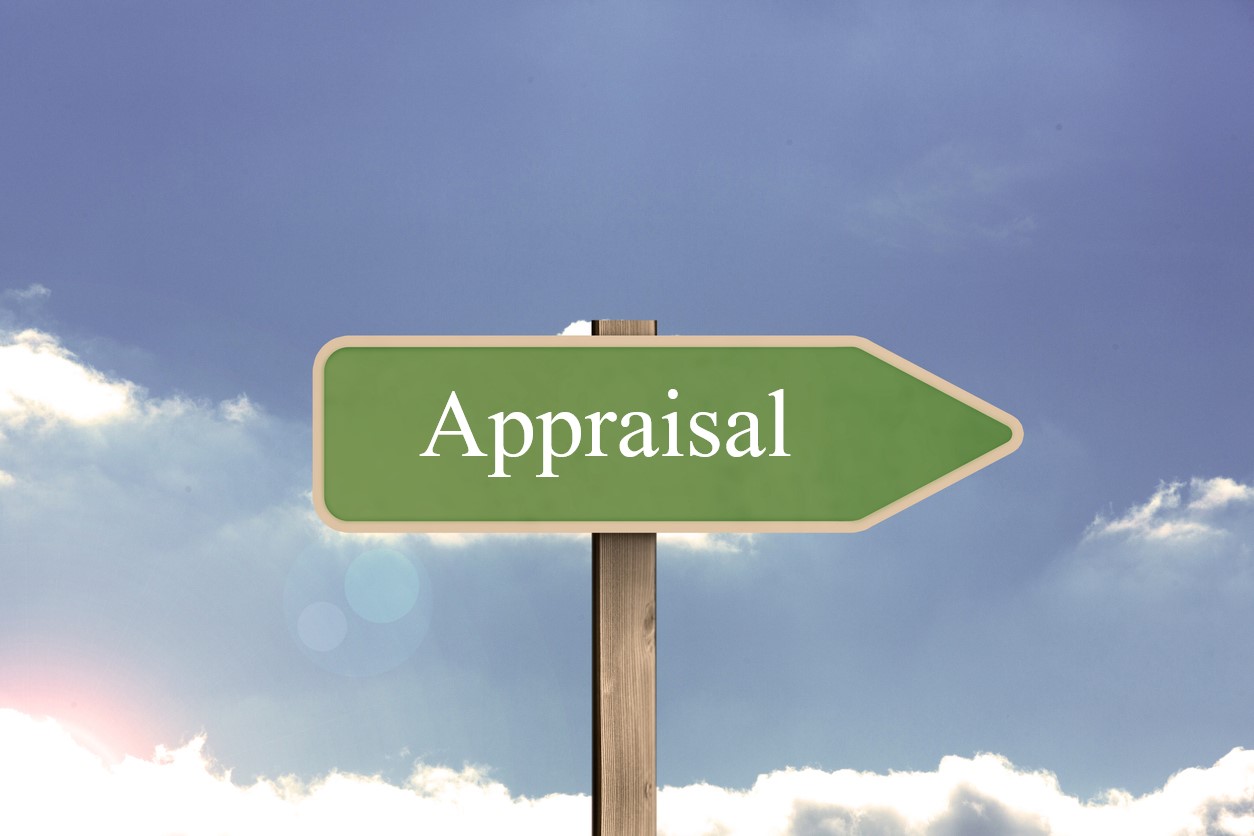On March 28, 2017, a New Jersey federal district court found an insured’s evidence supporting their property damage coverage claim was sufficient to survive the insurer’s motion for summary judgment.1
On October 23, 2014, MD Retail Corp. located in Monmouth Beach, New Jersey, filed a breach of contract complaint against their insurer, AmGuard Insurance Company, for failure to pay benefits under a commercial insurance policy for “wind” damage to their supermarket sustained during Superstorm Sandy. Specifically, the insureds alleged they were entitled to payment for roof damage, the above flood line interior damage that occurred as a result of the roof damage, and HVAC replacement. The insurer denied the claims based upon the standard commercial insurance policy “flood water” exclusion. Shortly after the complaint was filed, the insurance carrier filed a motion for summary judgment challenging the evidence and proposed experts. The insurer argued the plaintiff failed to introduce credible and admissible evidence that any damage occurred and even if it could be proven the damage occurred, the damage was not the result of a covered loss.
After conducting a Daubert hearing to determine the admissibility of various causation opinions offered by the insureds’ experts, the district court denied the insurer’s summary judgment motion with respect to the majority of the claimed losses. The district court found that the causation testimony of a mechanical engineer and licensed contractor in regards to the roof damage and the causation testimony of a New Jersey licensed HVAC technician in regards to the HVAC damage were admissible for scope, value, as well as causation. The district court found the insurer’s argument that a structural engineer was required to opine regarding roof damage causation and an electrical engineer was required to opine regarding the causation of the HVAC damage was not a requirement under the terms of the policy. The court ruled that the experts’ familiarity with the properties to Superstorm Sandy coupled with their first-hand knowledge of the damage and repairs were sufficient. The expert opinions would be admissible to support plaintiff’s opposition to the summary judgment motion.
Moving on to the merits of the summary judgment motion, the district court found the plaintiff had competent evidence to establish a genuine factual dispute regarding both (1) the existence of damage to covered property; and (2) that the cause of the alleged damage was the result of a covered cause of loss under the terms of the commercial insurance policy, and therefore survive the insurer’s summary judgment motion.
New Jersey law is clear that the plaintiff bears the burden of establishing that a loss occurred within the coverage of the insurance contract before the burden shifts to the insurer regarding the applicability of any exclusions. Hartford Accident & Indem. Co. v. Aetna Life & Casualty Ins. Co., 483 A.2d 402 (N.J. 1984); see also Building Materials Corp. of America v. Allstate Ins. Co., 424 N.J. Super. 448, 464-65 (App. Div. 2012)(“If the insured offers sufficient credible evidence to establish a prima facie loss within the coverage of the policy, the burden of proving that the loss falls within the exclusionary provisions of the policy shifts to the insurer.”)(collecting cases). Here, Plaintiff has met its burden, through eyewitness testimony as to the condition and damage to this MD Retail roof, and the Affidavit and causation testimony of Mr. Brown, as Mr. Brown states “[t]he wind driven rain that entered the building through the opening in the roof caused extensive damage throughout the upper portion of the building above the flood line. The extreme wind gusts generated during Hurricane Sandy 2012 caused the metal flashing members on the roof to be ripped up.” (Brown Aff. at ¶ 9.) Mr. Brown was familiar with the MD Retail property both before the storm and after the storm, and his testimony on scope of the damage and causation leads the Court to deny motion for summary judgment regarding MD Retail’s roof damage. Notwithstanding various weaknesses in Plaintiff MD Retail’s proofs, which will undoubtedly be exposed at trial, a reasonable jury, giving the Plaintiff the benefit of reasonable inferences, could find for Plaintiff on this claim.2
The trial court also found in favor for the plaintiff and ruled there was also a genuine dispute of material fact regarding the interior repairs above the flood line. However, the district court did grant the insurer summary judgment on the claim for HVAC replacement, finding no credible evidence that the units were damaged by Superstorm Sandy’s wind as they were still operational.
The court’s analysis of expert testimony admissibility could be very persuasive when arguing for the admissibility of an expert’s testimony and/or report who may not have an advanced degree or specialized licensing. The ruling supports the proposition that a sub-specialty degree is not an absolute requirement for professionals who perform maintenance on the damaged property prior to the loss and repair the property after the loss, to qualify as an expert.
____________________
1 MD Retail Corp. v. AmGuard Ins. Group, No. 14-6589 (D.N.J. March 28, 2017).
2 Id.




